I listened to this podcast on macro photographyA photography podcast (no video). Focused on Chicago. with Mike Moats and a few of these pictures are based on trying out some things that were mentioned- mainly trying much higher f-stops. I usually shoot close to wide open. The shift from shooting around 2.8 and lower to around 10 to 15 is considerable.
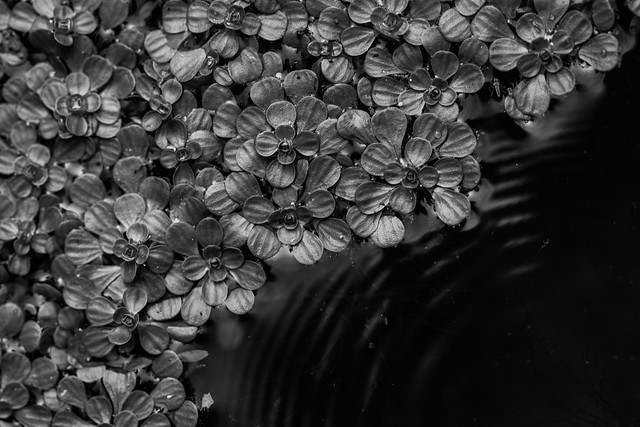
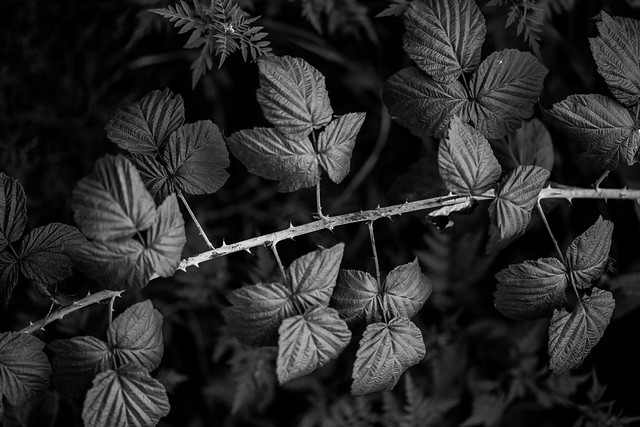
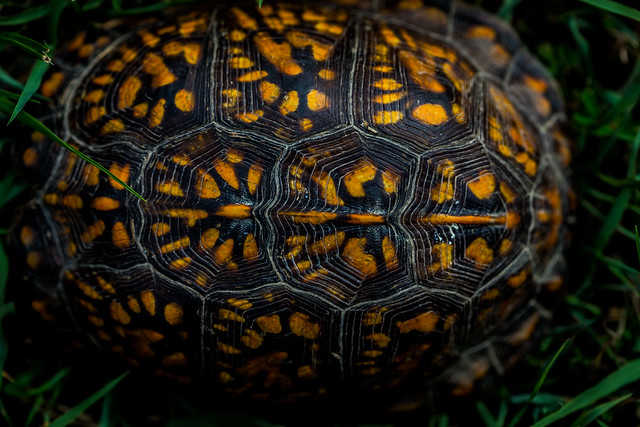
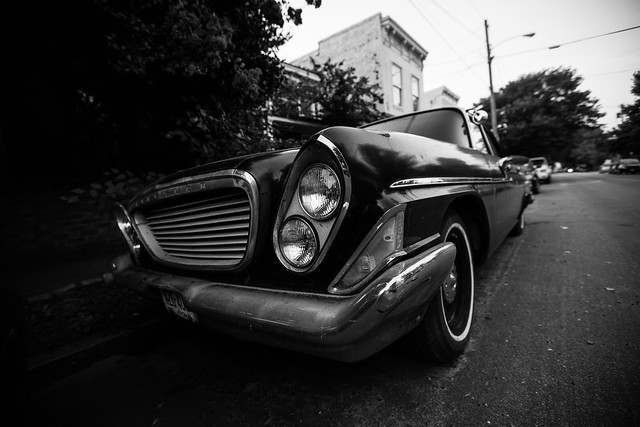
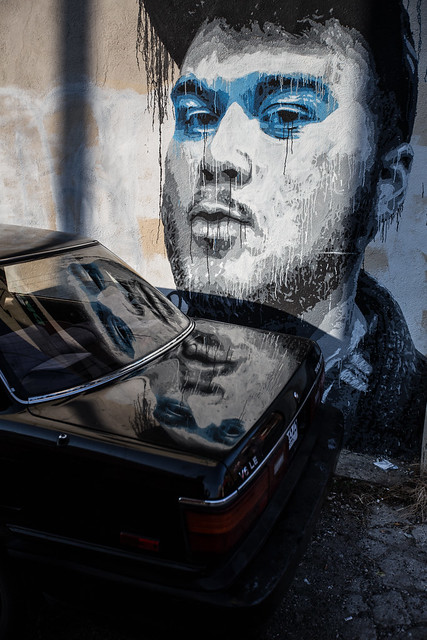
Tripple portrait.
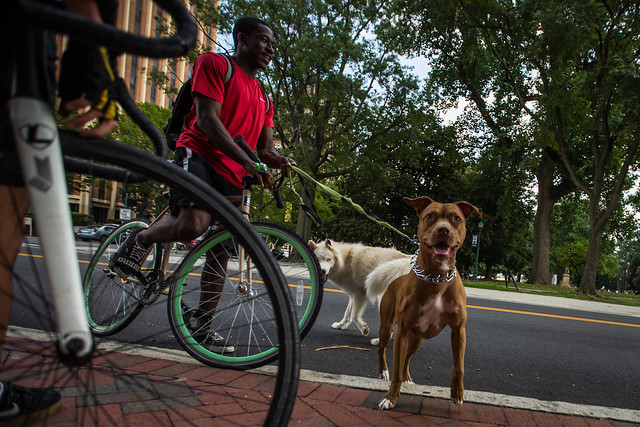
I like the faces on both the dogs.


Interesting, I should just listen, but is there a detail increase for larger relative depth of filed? Or just collecting for direct light reflections?
You probably know but the trick here for going to higher stops is using the third leg of exposure control- pushing to higher ISO means you can go to larger fstops
Deeper depth of field was the goal. He has some interesting ideas on what leads to good pictures (which he equates to pictures people will buy in his process). It was interesting to hear him talk as he’s really direct and about selling stuff.
I am playing with the ISO but found some of the auto ISO adjustments to make things too grainy. It was a bit of surprise for me because I didn’t realize quite what I’d need on that end to keep shooting sans tripod in my normal haunts.
I would not do auto ISO, set it directly. Use low (100) in day light, go higher when you need to (a) shoot in lowlight or (b) want to make use of the higher number aperture settings.
How grainy gets will depend on your camera’s sensor.With my T1i I could go to maybe 800 before it got noticeable, but with the 7D I can easily go to 2000 before it affects the image. IN some settings, especially low light, a grainy look works, esp when you go to black and white, That;s another reason for my affinity to the 50mm f/1.4 I can shoot hand held in low light much lower than using a zoom.